
漢德百科全書 | 汉德百科全书
 India
India

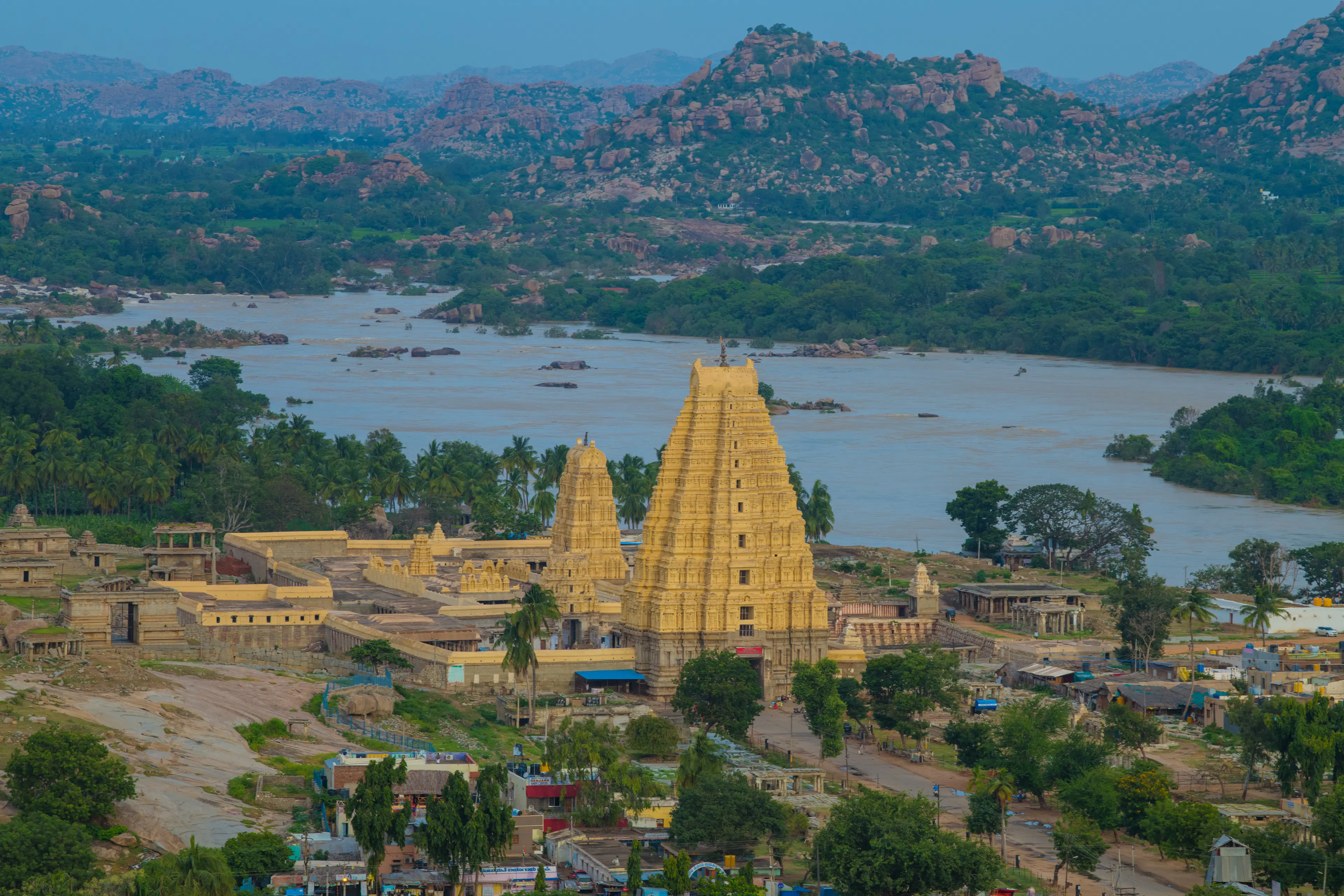
Hampi (Kannada: ಹಂಪೆ Hampe) ist eine historische Stätte im indischen Bundesstaat Karnataka, die früher unter dem Namen Vijayanagara die Hauptstadt des letzten Hindu-Reiches von Vijayanagar war.
亨比村(Hampi ಹ೦ಪೆ)是印度卡纳塔克邦北部贝拉里县的一个村,位于栋格珀德拉河南岸。村落距班加罗尔353公里,距贝拉里市74公里。这个村落在一片遗迹的中央,此处曾经是毗奢耶那伽罗王朝在公元1336至1565年的首都。
自1336年,此处开始成为王朝的首都毗奢耶那伽罗,与国同名,意为胜利之城。当时海上贸易蓬勃,宫殿和寺庙林立,一直是重要的宗教中心。繁荣的状况持续至1565年,首都被北方德干高原上的五个苏丹国联军征服为止。穆斯林在此抢掠了这座城市长达六个月后,城市洗劫一空,最终遭到废弃。
1986年,毗奢耶那伽罗的废墟被认定为世界遗产。废墟中有不少以达罗毗荼式风格建成的印度教神庙,其中一些仍有着信徒参拜,如位于亨比市集的湿婆神庙维卢巴克沙(Virupaksha),早在王朝建立时便已存在。
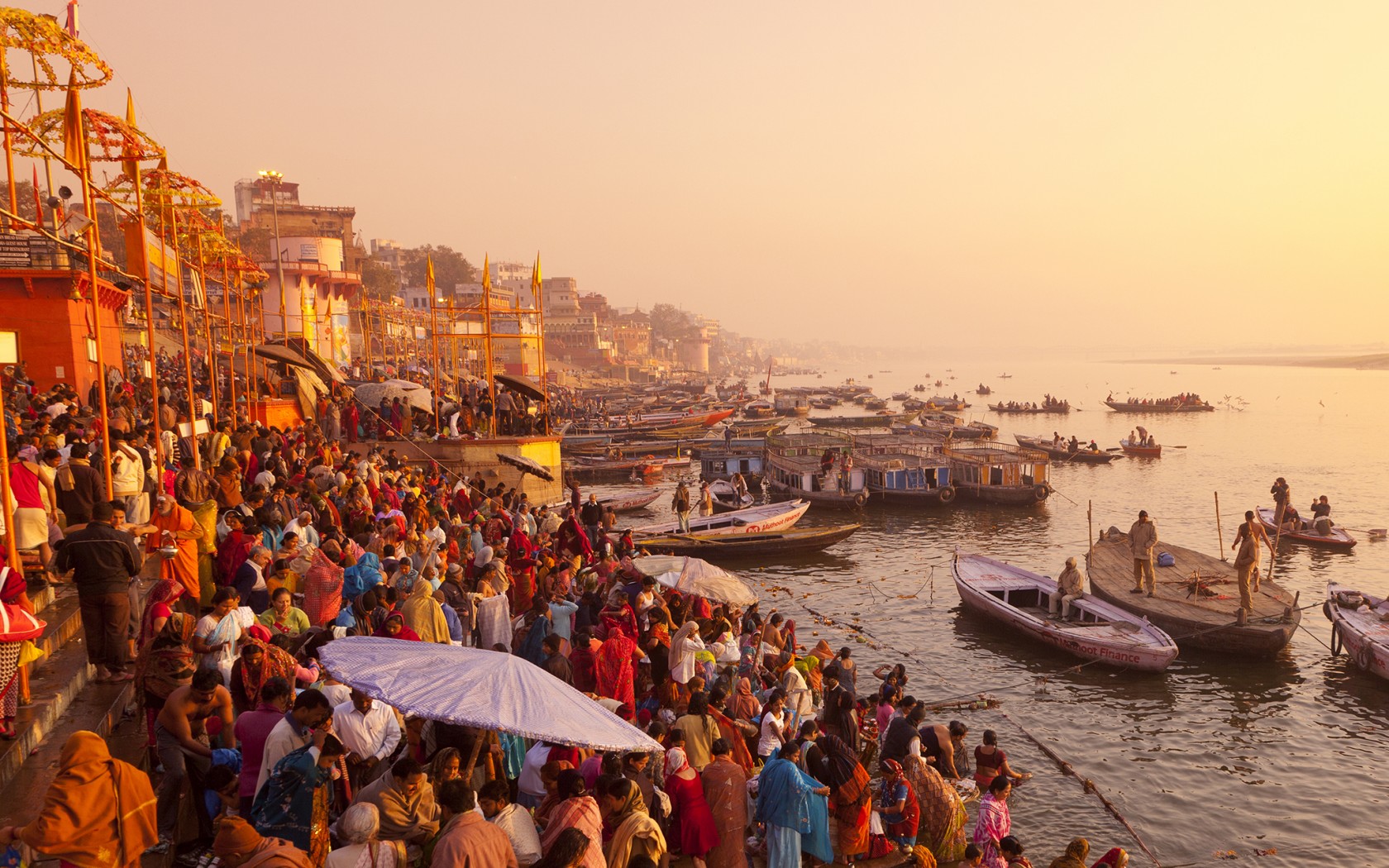
恒河(梵语:गङ्गा,印地语:गंगा,乌尔都语:گنگا(Ganga)国际音标发音:[ˈɡəŋɡaː] ![]() 聆听;泰米尔语:கங்கை,孟加拉语:গঙ্গা Gônga,玄奘译为殑伽河)是南亚的一条主要河流,流经印度北部及孟加拉。恒河源头帕吉勒提河和阿勒格嫩达河发源自印度北阿坎德邦的根戈德里等冰川,它横越北印度平原(即恒河平原),流经北方邦,会合其最大支流亚穆纳河,再流经比哈尔邦、西孟加拉邦,最后它分为多条分流注入孟加拉湾,其中一条是加尔各答附近的胡格利河,另外一条是进入孟加拉国的博多河,博多河进入孟加拉国后,会合布拉马普特拉河(中国境内为雅鲁藏布江)在孟加拉国境内的下游贾木纳河,注入孟加拉湾,其入海河段称为梅格纳河。支流布拉马普特拉河及其以上部分不算在内,恒河长为2,510公里,流域面积91万平方公里,达印度国土面积的三分之一,恒河也为世界河水流量前20大的河流之一[4]。恒河流域为世界上最多人口居住的河流流域,共有4亿以上人口居住于恒河流域,人口密度达每平方英里1000人以上[5]。
聆听;泰米尔语:கங்கை,孟加拉语:গঙ্গা Gônga,玄奘译为殑伽河)是南亚的一条主要河流,流经印度北部及孟加拉。恒河源头帕吉勒提河和阿勒格嫩达河发源自印度北阿坎德邦的根戈德里等冰川,它横越北印度平原(即恒河平原),流经北方邦,会合其最大支流亚穆纳河,再流经比哈尔邦、西孟加拉邦,最后它分为多条分流注入孟加拉湾,其中一条是加尔各答附近的胡格利河,另外一条是进入孟加拉国的博多河,博多河进入孟加拉国后,会合布拉马普特拉河(中国境内为雅鲁藏布江)在孟加拉国境内的下游贾木纳河,注入孟加拉湾,其入海河段称为梅格纳河。支流布拉马普特拉河及其以上部分不算在内,恒河长为2,510公里,流域面积91万平方公里,达印度国土面积的三分之一,恒河也为世界河水流量前20大的河流之一[4]。恒河流域为世界上最多人口居住的河流流域,共有4亿以上人口居住于恒河流域,人口密度达每平方英里1000人以上[5]。
恒河被印度教徒视为圣河,也是河流周边居民维持日常生活所需的命脉[6]。印度教中也有称为“恒河女神”的神祇[7]。许多过去的省会及帝国首都曾设于恒河沿岸,如巴连弗邑[8]、曲女城[8]、瓦拉纳西、安拉阿巴德、穆尔斯希达巴德、蒙格埃尔、巴哈拉姆普尔、加尔各答等。
ガンジス川(ガンジスがわ、英語: Ganges)は、ヒマラヤ山脈の南側、インド亜大陸の北東部を流れる大河である。全長は約2525km[1]、流域面積は約173万km2(ただしブラフマプトラ川水系を除くと約84万km2)。
The Ganges (/ˈɡændʒiːz/ GAN-jeez), or Ganga (Hindustani: [ˈɡəŋɡaː], is a trans-boundary river of the Indian subcontinent which flows through the nations of India and Bangladesh. The 2,525 km (1,569 mi) river rises in the western Himalayas in the Indian state of Uttarakhand, and flows south and east through the Gangetic Plain of North India. After entering West Bengal, it divides into two rivers: the Hooghly and the Padma River. The Hooghly, or Adi Ganga, flows through several districts of West Bengal and into the Bay of Bengal near Sagar Island. The other, the Padma, also flows into and through Bangladesh, and joins the Meghna river which ultimately empties into the Bay of Bengal.
The Ganges is one of the most sacred rivers to Hindus.[4] It is also a lifeline to millions of Indians who live along its course and depend on it for their daily needs. It is worshipped in Hinduism and personified as the goddess Gaṅgā.[5] It has also been important historically, with many former provincial or imperial capitals (such as [6] Kannauj, Kampilya, [6] Kara, Prayag or Allahabad, Kashi, Pataliputra or Patna, Hajipur, Munger, Bhagalpur, Baranagar, Murshidabad, Baharampur, Nabadwip, Saptagram and Kolkata) located on its banks.
Le Gange (hindi : गंगा Gaṅgā, bengali : গঙ্গা Gōnga) est un fleuve de la plaine indo-gangétique, au nord de l'Inde. Sa longueur varie suivant les sources de 2 500 à 3 000 km, son bassin couvre 907 000 km2 et son delta est commun avec celui du Brahmapoutre.
Il Gange (AFI: /ˈɡanʤe/[3]; chiamato localmente Ganga, devanagari गंगा) è un grande fiume del subcontinente indiano che scorre verso oriente attraversando le pianure del nord dell'India e il Bangladesh. Ha una lunghezza di 2.510 km e le sue sorgenti sono localizzate sul ghiacciaio di Gangotri nello stato indiano dell'Uttarakhand, nell'Himalaya centrale. Sfocia nel Golfo del Bengala con un ampio delta nella regione del Sundarbans. Per millenni ha goduto di una posizione preminente nella religione indù in India ed è adorato nella sua forma personificata della dea Ganga.
El río Ganges es un río transfronterizo de Asia que fluye a través de las naciones de India y Bangladesh.
Ганг[1] (хинди गंगा, gaṅgā IAST, [ˈɡəŋɡaː] ![]() слушать, Ганга[2]; англ. Ganges) — одна из самых полноводных (вместе с Брахмапутрой 3-е место в мире по водоносности после Амазонки и Конго[3]) и длинных (2700 км[3]) рек Южной Азии. Берёт своё начало в Западных Гималаях с ледника Ганготри в штате Уттаракханд, протекает на юго-восток, пересекая Индо-Гангскую равнину на севере Индии, и впадает в Бенгальский залив, формируя вместе с реками Брахмапутра и Мегхна дельту Ганга-Брахмапутры (преимущественно на территории Бангладеш), часть которой покрыта лесами Сундарбан. Площадь бассейна реки — 1 060 000 км²[4][5].
слушать, Ганга[2]; англ. Ganges) — одна из самых полноводных (вместе с Брахмапутрой 3-е место в мире по водоносности после Амазонки и Конго[3]) и длинных (2700 км[3]) рек Южной Азии. Берёт своё начало в Западных Гималаях с ледника Ганготри в штате Уттаракханд, протекает на юго-восток, пересекая Индо-Гангскую равнину на севере Индии, и впадает в Бенгальский залив, формируя вместе с реками Брахмапутра и Мегхна дельту Ганга-Брахмапутры (преимущественно на территории Бангладеш), часть которой покрыта лесами Сундарбан. Площадь бассейна реки — 1 060 000 км²[4][5].
 Anhui Sheng-AH
Anhui Sheng-AH
 China
China
 Fujian Sheng-FJ
Fujian Sheng-FJ
 Guangdong Sheng-GD
Guangdong Sheng-GD
 Guangxi Zhuangzu Zizhiqu-GX
Guangxi Zhuangzu Zizhiqu-GX
 Hunan Sheng-HN
Hunan Sheng-HN
 India
India
 Indonesia
Indonesia
 Jiangsu Sheng-JS
Jiangsu Sheng-JS
 Jiangxi Sheng-JX
Jiangxi Sheng-JX
 Kenya
Kenya
 Roter Tee
Roter Tee
 Sichuan Sheng-SC
Sichuan Sheng-SC
 Sri Lanka
Sri Lanka
 Taiwan Sheng-TW
Taiwan Sheng-TW
 Yunnan Sheng-YN
Yunnan Sheng-YN
 Zhejiang Sheng-ZJ
Zhejiang Sheng-ZJ
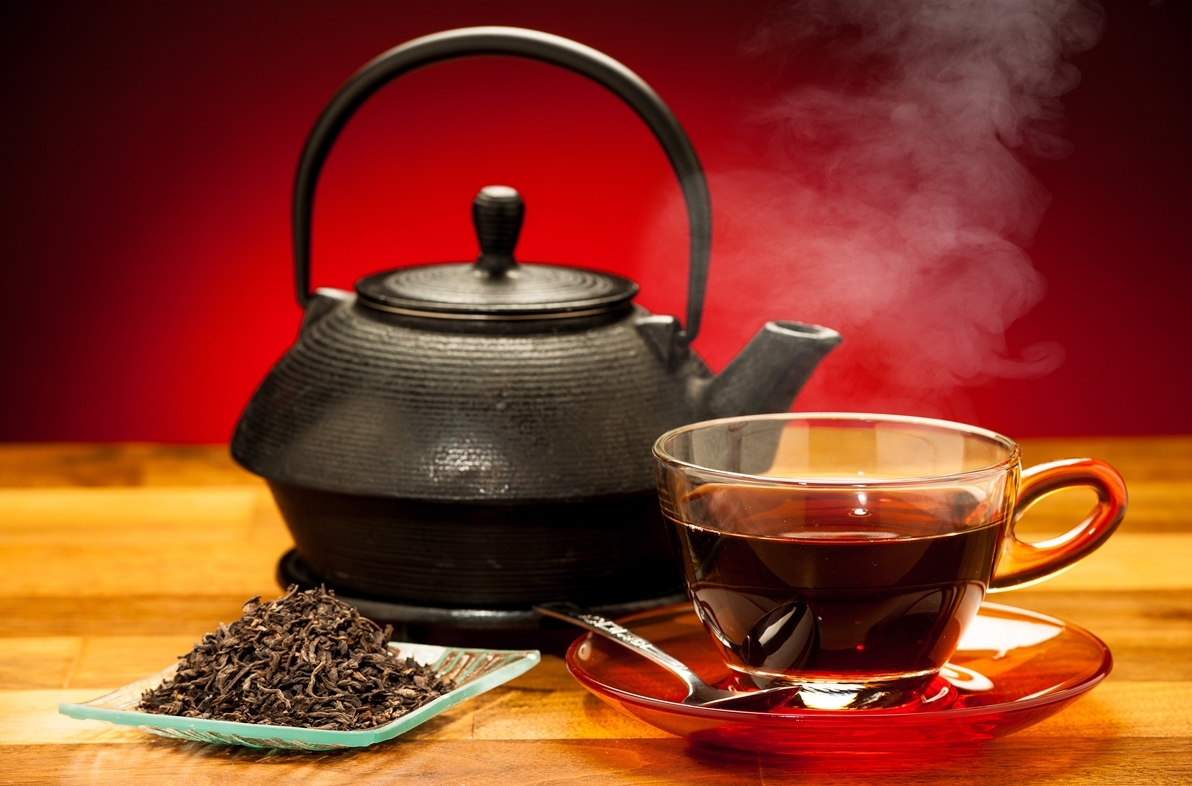
红茶是一种全发酵茶,是西方茶文化中的主要茶品。明朝时产于福建武夷山的正山小种为红茶鼻祖[1],1610年荷兰人通过印度尼西亚殖民地将小种红茶运往欧洲[2],开始了西方红茶文化。红茶与绿茶不同,绿茶会随着时间而失去味道,但红茶能够保存相当长的时间而味道不变,因此红茶能适应长途运输,这也许是红茶传到西方的重要原因之一。所有红茶都是由灌木(小树)山茶的叶子制成,目前分支的两个大类为小叶中华品种(C. sinensis subsp.sinensis)和大叶阿萨姆品种(Anchimus subsp.assamica)。
红茶是经过采摘、萎凋、揉捻、发酵、干燥等步骤生产出来的;比绿茶多了发酵的过程。发酵是指茶叶在空气中氧化,发酵作用使得茶叶中的茶多酚和鞣质酸减少,产生了茶黄素、茶红素等新的成分和醇类、醛类、酮类、酯类等芳香物质。因此,红茶的茶叶呈黑色,或黑色中参杂着嫩芽的橙黄色;茶汤呈深红色;香气扑鼻;由于少了苦涩味,因而味道更香甜、醇厚、回甘。
目前红茶的产地主要有中国、斯里兰卡、印度、肯尼亚、印度尼西亚等。
紅茶(こうちゃ)とは、摘み取った茶の葉と芽を萎凋(乾燥)させ、もみ込んで完全発酵させ、乾燥させた茶葉。もしくはそれをポットに入れ、沸騰した湯をその上に注いで抽出した飲料のこと。なお、ここでいう発酵とは微生物による発酵ではなく、茶の葉に最初から含まれている酸化酵素による酸化発酵である。
日本語の紅茶の語源はその抽出液の水色(すいしょく)から、また、英語の black tea はその茶葉の色に由来する。茶および tea の語源は茶の項参照。以下では水色を青みのカラーを表す「水色(みずいろ)」と一般には紛らわしいため語を「茶湯の水色」と統一して表記する。
Black tea is a type of tea that is more oxidized than oolong, yellow, white and green teas. Black tea is generally stronger in flavor than other teas. All four types are made from leaves of the shrub (or small tree) Camellia sinensis. Two principal varieties of the species are used – the small-leaved Chinese variety plant (C. sinensis var. sinensis), used for most other types of teas, and the large-leaved Assamese plant (C. sinensis var. assamica), which was traditionally mainly used for black tea, although in recent years some green and white teas have been produced. In China, where black tea was developed,[1] the beverage is called 紅茶 "red tea", due to the color of the oxidized leaves when processed appropriately.[1]
While green tea usually loses its flavor within a year, black tea retains its flavor for several years. For this reason, it has long been an article of trade, and compressed bricks of black tea even served as a form of de facto currency in Mongolia, Tibet and Siberia into the 19th century.[2]
Un thé noir, ou thé anglo-indien, est fait de feuilles de théier qui ont subi une oxydation complète. Ces thés sont nommés thés rouges dans le monde chinois. En Chine, on appelle « thé noir » le thé post-fermenté, comme le pu-erh. À noter que le terme « thés rouges » peut désigner une infusion de rooibos par abus de langage et bien que cela soit interdit par la législation.
La plupart des thés consommés en Occident sont des thés noirs, fabriqués selon la méthode orthodoxe ou le procédé Crush, Tear, Curl, deux modes de fabrication mis au point par les Britanniques au XIXe siècle. Alors qu'un thé vert perd de sa fraîcheur après 12 à 18 mois, un thé noir peut se conserver plusieurs années sans perdre sa saveur. Il est donc plus facilement transportable et commercialisable, d'où sa popularité en Occident.
En occident le thé noir est souvent mélangé à d'autres ingrédients. Les bonnes récoltes sont plus rares que celles des autres types de thé et la qualité peut en pâtir : le thé noir est plus utilisé pour la consommation quotidienne que pour la dégustation.
Il tè nero, chiamato in Cina tè rosso (红茶S, hóngcháP), è un tipo di tè composto da foglie ossidate della pianta Camellia sinensis
Le foglie del tè nero, dopo essere state raccolte e fatte macerare, vengono essiccate, arrotolate e tritate. Questo processo porta all'ossidazione del tè, reazione che invece non avviene nel processo di lavorazione del tè verde (tè non ossidato), o è solo parziale nelle altre varietà. Mentre il tè verde di solito perde il suo sapore entro un anno, il tè nero conserva il suo sapore per diversi anni. Per questo motivo, è stato a lungo un bene di scambio e, nel XIX secolo, i mattoni compressi di tè nero sono stati addirittura una forma di valuta in Mongolia, Tibet e Siberia.[1]
El té negro es un té que se encuentra oxidado en mayor grado que las variedades de té verde, té oolong y té blanco. Las cuatro variedades indicadas se preparan con hojas de Camellia sinensis. El té negro generalmente posee un aroma más fuerte y contiene más cafeína que otros tés con menores niveles de oxidación.
En idioma chino y otras culturas en las que el té tiene gran relevancia cultural el té negro se conoce como té rojo (紅茶, mandarín hóngchá; japonés kōcha; coreano hongcha), lo que probablemente es una mejor descripción del color de la infusión. Aunque podría suceder que la referencia al té negro tenga su origen en el color de las hojas oxidadas. En chino, té negro es una clasificación de tés postfermentados, tal como el té Pu-erh. Sin embargo, en el mundo occidental, el "té rojo" se refiere comúnmente a la tisana sudafricana rooibos.
Mientras que el té verde por lo general pierde su sabor al cabo de un año, el té negro lo retiene por varios años. Por esta razón, el té negro ha sido desde hace mucho tiempo un artículo de mercadeo, e incluso el "té negro compactado en ladrillos" sirvió como moneda de facto en Mongolia, Tíbet y Siberia hasta el Siglo XIX.1
Desde la dinastía Tang se conocía que el té negro preparado con agua caliente podía servir de colorante para las telas, siendo popular entre las clases más bajas que no podían acceder a otro tipo de colorantes. Sin embargo, lejos de ser una marca de vergüenza, la marca del teñido por la "estrella marrón" era vista como preferible a la tela natural y tenía alguna importancia como marca de identificación y pertenencia de las clases comerciantes inferiores durante la dinastía Ming. El té que se importaba en un principio en Europa era o bien té verde o semi oxidado. Pero a partir del siglo XIX , el té negro le ganó en popularidad al té verde.
La expresión té negro también es usada para indicar una taza de té sin leche, similar al café servido sin leche ni crema. En el Reino Unido, al té negro por lo general se lo suele consumir con leche y no "negro".
Чёрный чай — вид чая, подвергающийся полной ферментации (окислению) в течение от двух недель до месяца (по традиционной технологии). Традиционно наиболее популярный вид чая в Европе, включая Россию.
Название «чёрный чай» закрепилось в Европе, в Китае этот тип чая называется кра́сным, а «чёрным чаем» китайцы именуют пуэр.
Чёрный чай бывает байховым, гранулированным, пакетированным и плиточным. Может быть ароматизирован, например, бергамотовым маслом («Эрл Грей»).
Вкус чёрного чая лишён горечи, настой имеет оранжевый или красный цвет. Чай обладает сложным действием, одновременно тонизирующим и успокаивающим.
Подаётся обычно без добавок или с сахаром, лимоном, молоком или сливками, часто сопровождает десерт. Научные исследования показали, что добавление мёда усиливает антиоксидантную активность черного чая с лимоном[1].
Наиболее известные разновидности чёрного чая: Кимун, Юньнань, ассамский чай, цейлонский, Эрл Грей, Лапсанг Сушонг. Часто, к чёрным чаям ошибочно относят Дарджилинг, полуферментированный чай не подвергающийся полной ферментации. Распространённую международную классификацию чёрного чая по степени измельчённости чайного листа см. в Категории чайного листа и Чай. Классификация.
Красные чаи получили большое распространение среди европейцев, потому что этот сорт чая не подвергался большим изменениям и порче при его транспортировке. Именно этот сорт чая европейцы (в частности, англичане) начали культивировать в своих колониях после потери Китая как источника чая.


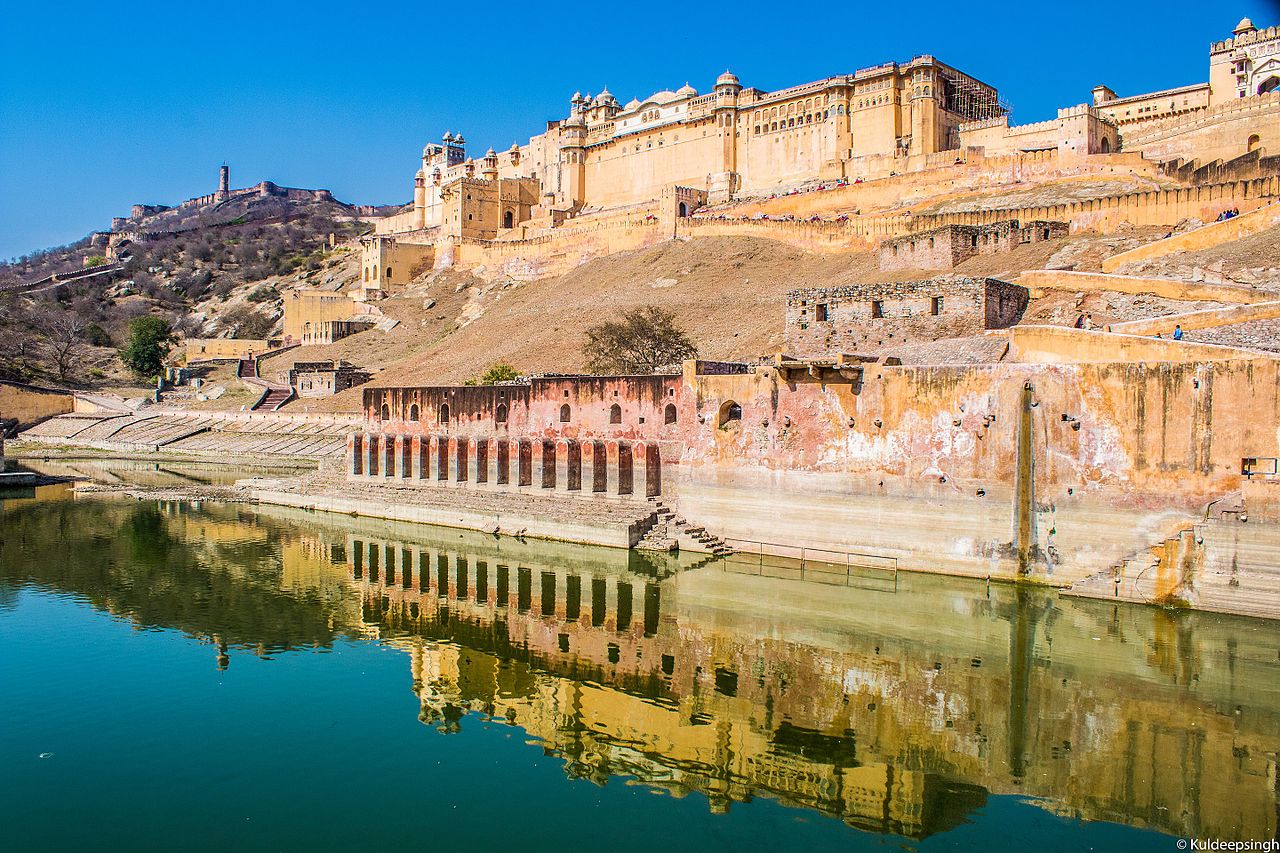
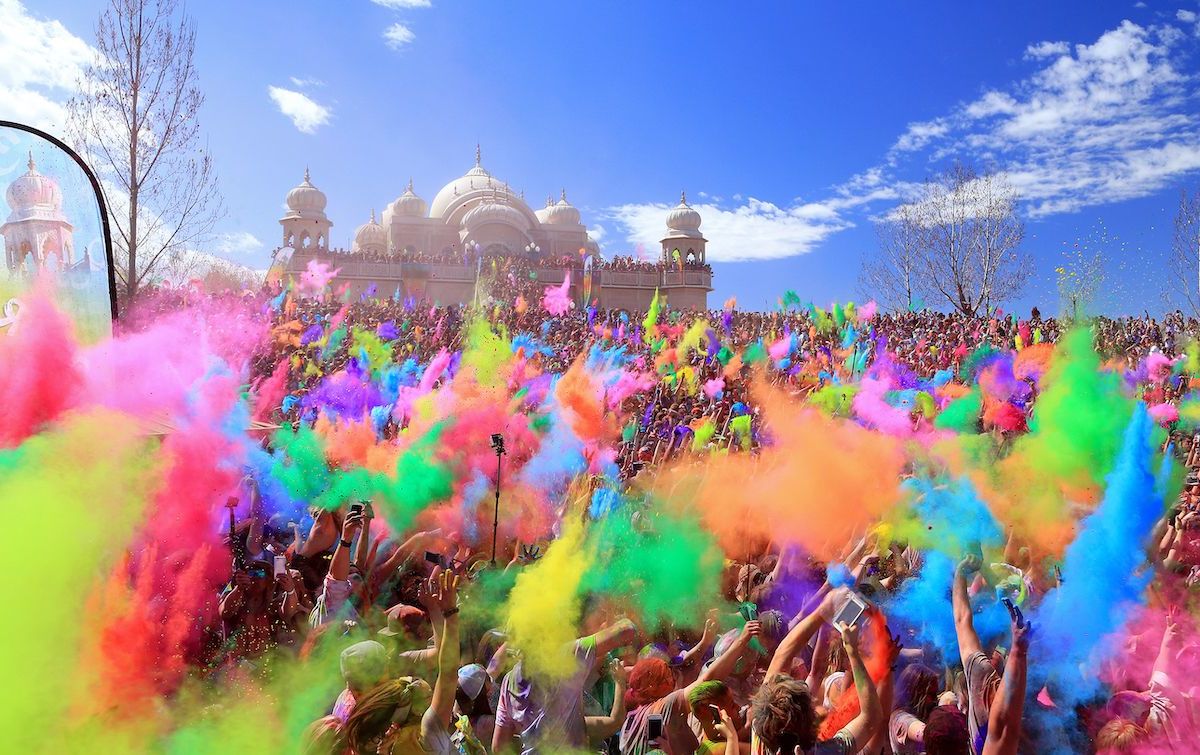

 Nobel prize
Nobel prize
 Nobel Memorial Prize in Economic Sciences
Nobel Memorial Prize in Economic Sciences
 Nobel prize
Nobel prize
 University/Institute
University/Institute
 Nobel prize
Nobel prize
 Nobel Prize in Physiology or Medicine
Nobel Prize in Physiology or Medicine
 Nobel prize
Nobel prize
 Nobel Prize in Physics
Nobel Prize in Physics
 Nobel prize
Nobel prize
 Nobel Prize in Literature
Nobel Prize in Literature
 West Bengal
West Bengal
 Kalkutta
Kalkutta


 Architecture
Architecture
 History
History
 World Heritage
World Heritage
 Civilization
Civilization
 Geography
Geography
 Eat and Drink
Eat and Drink
 Religion
Religion